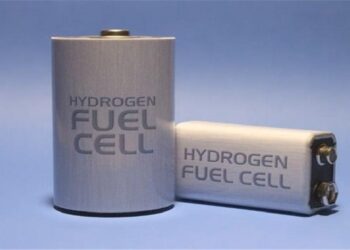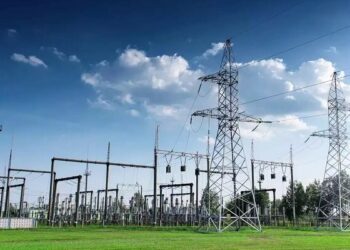The Maritime Link Project involves the construction of a 500MW (+/- 200kV to 250kV) high-voltage direct-current (HVDC) transmission line stretching from Granite Canal in Newfoundland and Labrador to Woodbine in Nova Scotia, Canada.
The project, which has an estimated investment of $1.56bn, is being implemented by NSP Maritime Link (NSPML), a wholly owned subsidiary of Emera Newfoundland & Labrador Holdings and an affiliate of Nova Scotia Power.
It will enable the province of Nova Scotia to achieve its target of generating 40% of electricity from renewable sources by 2020, and meet the federal requirement of reducing coal emissions by 50% by 2030.
The source of electricity is the hydroelectric facility at Muskrat Falls, which is being constructed under Phase I of the Lower Churchill Project. NSPML will receive 20% of the energy from Muskrat Falls for 35 years by covering 20% of the overall cost required for developing phase I of the Lower Churchill and the Maritime Link Projects.
A final environmental assessment (EA) report was submitted in January 2013 and was approved in June the same year. The Nova Scotia Utility and Review Board (UARB) approved the project in November 2013, which led to the start of construction in early 2014. Power transmission is scheduled to start in 2017.
Project and route details
Approximately 300km of an overland transmission line will be installed on Newfoundland , as will two 170km subsea cables across the Cabot Strait. A 50km overland transmission line will also be developed in Nova Scotia.
In addition, two 230kV alternating current (AC) substations will be installed in Newfoundland, and a 345kV AC substation in Nova Scotia, with two cable transition stations.
The transmission line at Newfoundland will stretch from Granite Canal to Cape Ray, passing through Bottom Brook midway. Ancillary infrastructure at the island will include two switchyards, each located at Granite Canal and Bottom Brook, a converter station at Bottom Brook, a transition compound and an onshore cable anchoring site at Cape Ray, a grounding site to provide a path for stray current, approximately 20km of grounding line, and approximately 2km of underground cable.








































